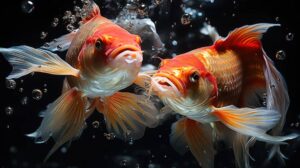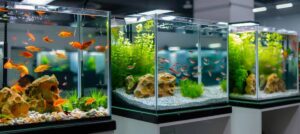The Pets Care Blog
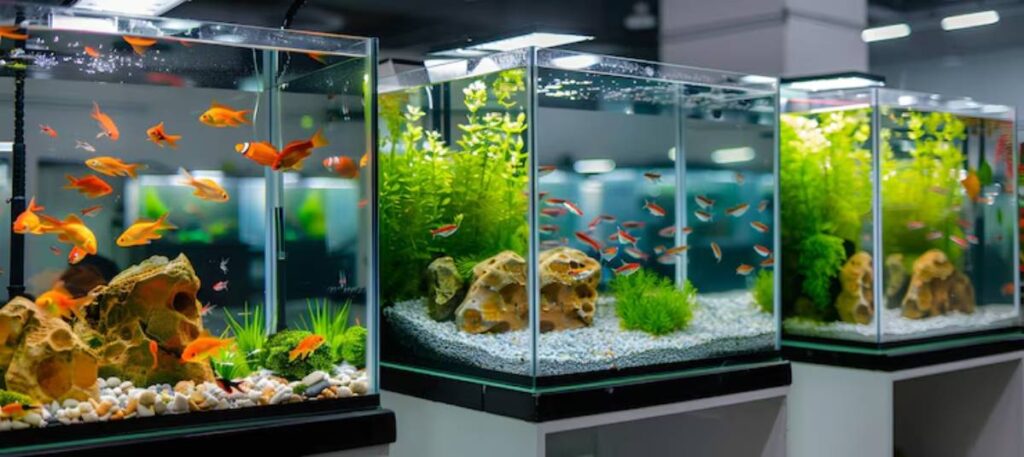
Arranging Decor for Fish Safety and Aesthetics
Decorating your aquarium is one of the most creative and rewarding parts of the fishkeeping journey. Whether you’re crafting a natural underwater world or adding whimsical flair, your choices don’t just affect how the tank looks — they shape the lives of the fish inside it.
Choosing the right décor isn’t about picking the flashiest ornament. It’s about blending form and function. A well-thought-out aquascape layout offers shelter, defines territory, reduces stress, and helps fish display their natural behaviour. At the same time, it should also reflect your aesthetic preferences and enhance the tank’s visual appeal.
In this article, we’ll explore how to select and place safe fish tank décor, build a balanced aquascape layout, and create a space that’s as enriching for your fish as it is eye-catching for you.
Why Safety Should Come Before Style
Fish interact with their environment constantly — unlike humans, they can’t choose to avoid a sharp corner or loud object. Décor impacts everything from stress levels to injury risk and even water quality.
Poor décor choices can lead to:
- Fin tears and body injuries from sharp edges
- Increased stress due to a lack of hiding spots
- Aggression occurs if fish can’t establish territories
- Toxicity from non-aquarium-safe materials
- Algae growth or clogging from hard-to-clean objects
A stunning tank that causes harm defeats the purpose. Fortunately, it’s easy to combine safety with style once you know what to look for.
Choosing Safe Fish Tank Décor Materials
Let’s start with the foundation your décor pieces. From rocks to wood and ornaments, safety depends on the material and finish.
Fish-Safe Décor Options:
- Aquarium-safe resin ornaments (labelled for tank use)
- Natural driftwood (boiled or pre-treated)
- Aquarium stones (e.g., slate, lava rock, dragon stone)
- Smooth pebbles or river stones
- Ceramic caves (glazed and inert)
What to Avoid:
- Unsealed concrete or metal (can leach toxins)
- Painted objects not rated for aquariums
- Coral or shells in freshwater tanks (can raise pH)
- Glass with sharp edges
- Anything from outdoor environments unless thoroughly tested
If you’re unsure, soak the item in water for a week and test for pH changes, or just stick to trusted aquarium-grade items to be safe.
Designing an Aquascape Layout That Benefits Your Fish
A well-planned aquascape layout is more than beautiful — it creates a functional habitat. Fish need spaces to retreat, play, rest, and explore. The way you place décor determines whether the environment feels calm or chaotic.
Key Elements of a Balanced Layout:
1. Territory Definition
Many species (like cichlids or gouramis) are territorial. Use plants, caves, or rock clusters to divide space and reduce confrontations.
2. Open Swimming Zones
Don’t fill every inch of the tank. Leave free-swim space, especially in the middle and top third, for active fish like tetras, rasboras, or danios.
3. Hiding Spots
Create at least 1–2 hiding areas per fish, especially for shy or nocturnal species like loaches or catfish.
4. Visual Depth
Slope substrate from front to back, layer décor by height, and angle driftwood or rock to draw the eye deeper into the scene.
Best Décor Options by Tank Type
Different fish and setups call for different décor strategies. Here’s how to tailor your choices.
For Community Tanks:
- Mix smooth rocks, ceramic hides, and hardy plants
- Keep décor neutral and varied to support different species
- Avoid overly bright colours or reflective surfaces
For Planted Tanks:
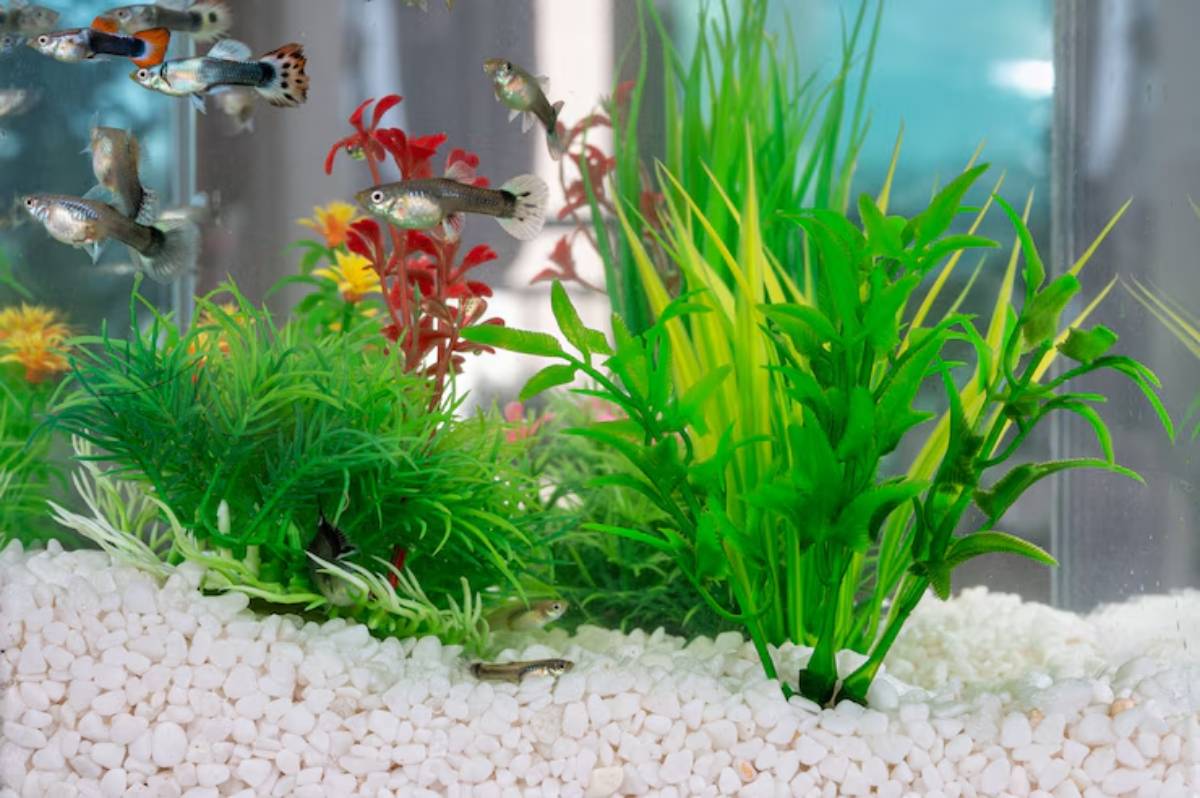
- Stick with natural wood and stone
- Choose a hardscape that anchors plants like Anubias or Java Fern
- Avoid décor that blocks too much light
For Cichlid Tanks:
- Use caves, rock piles, or stacked slate for territorial shelter
- Ensure all rocks are stable — cichlids dig
- Avoid fragile plants or décor that can be moved easily
For Betta Tanks:
- Provide leafy resting spots near the surface
- Include hides with smooth entrances
- Avoid rough décor that could tear delicate fins
Need help choosing plant-safe décor materials? Pair this layout strategy with choosing plants for a low-maintenance tank for a complete setup.
How to Anchor and Secure Décor Safely
Loose decorations can tumble during water changes or if bumped by fish. Stability is key, especially in tanks with larger or active fish.
Secure Your Décor With:
- Aquarium-safe silicone glue
- Fishing line or thread (for tying plants or driftwood)
- Gravel anchors or weight pads
- Plastic mesh or base plates under the substrate
Double-check that stacked rocks or leaning wood are firmly balanced and can’t shift. For large pieces, test your layout dry first.
Avoiding Common Décor Mistakes
Even well-meaning choices can go wrong. Here’s what to avoid in your tank design.
Don’t:
- Overcrowd the tank — less is often more
- Block the filter flow with large decorations
- Add décor that’s too tall for your fish’s swimming zone
- Introduce porous materials that trap waste
- Use glass marbles or beads — they trap uneaten food
Instead, focus on making each décor piece purposeful — ask yourself, “What does this do for my fish?”
If you’re still planning your full layout, don’t miss our guide on the basics of aquascaping: layouts and hardscape ideas to build from the ground up.
Blending Aesthetics with Function
A fish-friendly layout can also be artistic and striking. Aquascaping styles like the Nature Aquarium or Iwagumi blend art and science beautifully.
Aesthetic Tricks to Try:
- Use a focal point (a striking rock or wood piece)
- Build asymmetry into your layout for a natural look
- Group items in odd numbers for visual harmony
- Choose a limited colour palette to unify the scene
And remember, the most beautiful tanks aren’t necessarily the most complex — they’re the most balanced.
Décor and Fish Behaviour: What to Watch For
Your décor decisions will directly impact how your fish act. Watch their interactions with the space to fine-tune your layout.
Positive Signs:
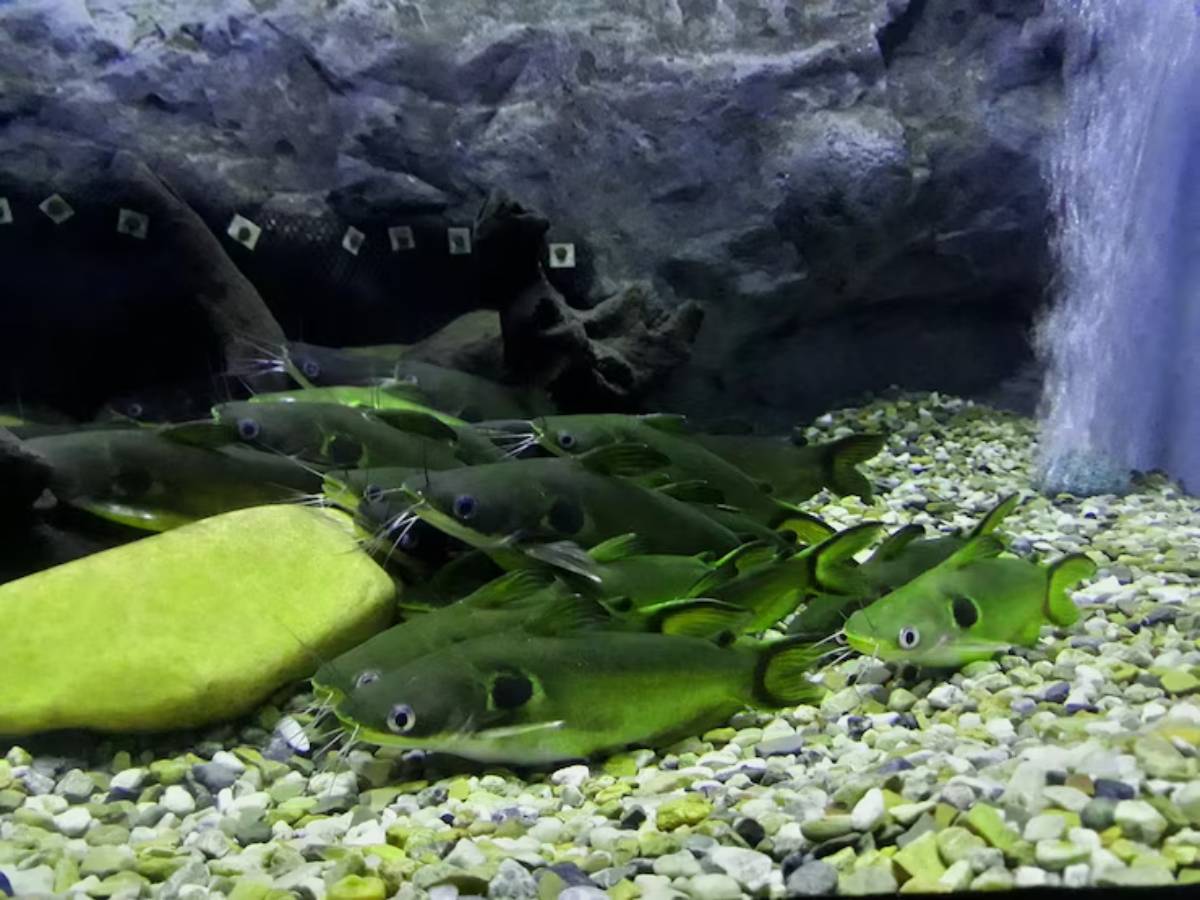
- Fish resting or hiding in structures
- Peaceful coexistence between species
- Natural behaviours like foraging or nesting
Red Flags:
- Fish constantly chasing each other
- Signs of injury or fin damage
- Avoidance of specific tank zones
- Fish hovering at the surface or behind the filter
If you spot stress signals, consider adjusting the layout — shift a cave, add a plant, or rearrange flow patterns.
Maintenance Tips for Decor Longevity
Décor lasts longer — and keeps your tank healthier — with regular care.
Cleaning Tips:
- Gently scrub algae with a soft brush or sponge
- Avoid bleach or soap — use dechlorinated water only
- Remove and rinse décor during deep cleans
- Rotate pieces occasionally to refresh the scape
For porous décor like driftwood, boil before adding and monitor for soft spots over time.
Conclusion: Design With Purpose and Compassion
Arranging aquarium décor isn’t just about visual appeal. It’s about building a safe, supportive environment where your fish can thrive. By prioritising fish-friendly aquarium design, you create a layout that promotes health, reduces stress, and enhances natural behaviour.
Whether you’re going for a lush aquascape, a rocky cichlid retreat, or a minimal Zen vibe, your tank should serve both function and form. Each piece of décor you choose should have a purpose — whether it’s shelter, enrichment, or visual flow.
So take your time, observe your fish, and let the design evolve. You’ll be rewarded with a tank that’s not just beautiful to look at, but beautiful to live in.
Have a décor tip or layout that worked wonders in your tank? Share your favourite fish-safe ideas in the comments — you might inspire someone else’s perfect scape.





